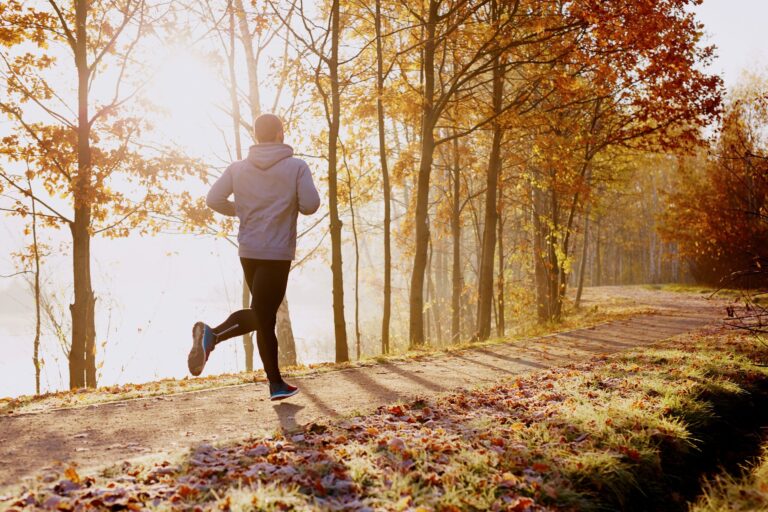Green Exercise: The Benefits of Outdoor Activity on Mental and Physical Health
For many, fresh air and open spaces have already become a crucial component to well-being, but perhaps more than ever people are realizing the therapeutic value of fostering the human connection to nature and the outdoors. From music to dining to socializing, there is a special, healthful quality to activities when shared outside, and research suggests that contact with nature can lead to improvements in mood, cognition, and overall health, and that exposure to scenes of nature can elicit positive psychological states and a reduction of psychophysiological stress. Furthermore, there is now evidence to suggest that exercise and being physically active in natural environments may actually provide additional health benefits when compared with those that would result from performing the same activity indoors.
Typically, when exercise recommendations are made, there are references to the duration, intensity, frequency, and mode of activity; however, the environment in which the activity takes place has now emerged as an important additional element that can determine the activity’s health benefits, with studies suggesting a positive relationship between green space and health.1,2 Specifically, “green exercise” (AKA physical activity in the presence of nature) has been proposed to provide greater value for preventing disease and enhancing mental and physical health than exercise alone, with benefits such as the prevention and management of a range of chronic conditions including cardiovascular disease, type 2 diabetes, improved musculoskeletal health, weight management, and mental health being of particular importance.3,4
Mental & Physical Health Benefits of Outdoor Activity
Combined data from a range of different green exercise programs have found consistent positive benefits with self-reported emotional measures indicating that activity in a natural environment could have more positive effects than similar activities in a synthetic environment.5 A 2010 review of 25 studies comparing responses to exercise – mostly walking or running – in natural versus indoor environments found that the former was associated with greater energy and reduced anxiety, anger, and sadness.6
Another 2011 review examined the effects of physical activity in natural environments compared with the indoors on mental and physical wellbeing, health-related quality of life, and long-term adherence to physical activity. The authors reported beneficial effects of natural environments for a range of psychological outcomes such as revitalization, positive engagement, tension, confusion, anger, depression, and energy. There was also evidence of greater enjoyment and satisfaction with outdoor activity and indications of a greater intent to repeat the activity.7
There is also some evidence that people who engage in physical activity might be active for longer and or at higher intensities in natural environments, and studies in trained athletes have indicated that they might be able to exercise at higher intensities in natural environments as they are more distracted from internal signs of fatigue or have lower perceived effort.8-11 Together, these studies indicate that outdoor physical activity may result in people being more active than they would be in other settings and therefore gaining greater health benefits.12
Green Exercise and Public Health
The relationship between natural environments and mental and physical well-being has been of interest to many public health and environmental initiatives over the past decade, and investments into the natural environment as a means of improving public health, tackling health inequalities, and conserving biodiversity continue to expand.13-14
While the benefits of green exercise are many, it’s also important to consider air pollution levels. When exercising outdoors, people should monitor air pollution levels, and either avoid outdoor exercise altogether or reduce the intensity and duration of exercise when an air quality alert has been issued. Timing outdoor workouts for either early morning or in the evenings helps to avoid midday and rush hour stretches when air pollution levels tend to be highest. It’s also best to avoid exercising in high-pollution areas or near roads with heavy traffic.
People can get their “dose” of green exercise simply by taking their next walk, run, bike, or dance class outside.







